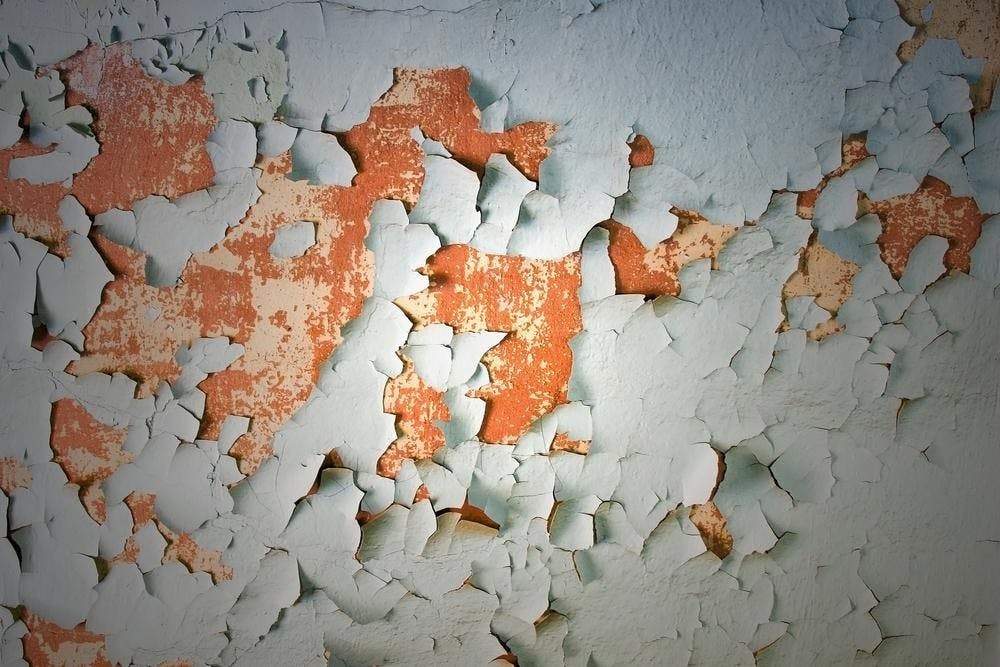Did you know that nearly nine in 10 homes built before World War II in Seattle/King County contain lead – raising serious health concerns for anyone living in an older property.
Lead can be found in and around an older home – in tap water, soil, paint or dust. Until 1978, most of the U.S. permitted the consumer sale of lead in paint – used to hasten drying – but health concerns were there for centuries. Benjamin Franklin, one of our Founding Fathers, warned in 1786 of lead’s ill effects.
To be sure, deteriorating lead paint – including the unsightly peeling, chipping and cracking – is extremely toxic to humans. Symptoms can include stomach pain, headaches, memory loss, ailments with bones and teeth (where lead is typically stored in the body), organ damage and even death. Children, particularly under 6 years old, and women of reproductive age are more susceptible to sickness and potentially long-term complications if they come in contact with the heavy metal.
Even though exposure to lead is preventable, about 400,000 people die every year in the U.S. from a wide range of lead-related illnesses. About 3.6 million American households have children under age 6 who live in homes with lead exposure hazards, and the Centers for Disease Control estimates about 500,000 of this young group have unsafe levels of lead in their blood.
Lead-based paint in the home is actually not a health hazard if it is in good condition or completely covered by lead-free paint. The only way to know if paint, dust or soil is free of lead is to test the property.
There are home inspectors that specialize in environmental oversight. This certified professional can conduct a paint inspection using a variety of methods, such as using a portable X-ray machine and lab testing of paint samples.
If you cannot find a certified lead-based paint inspector in your area, a good alternative is to hire a risk assessor, who will conduct similar lab tests of paint samples to determine whether the home has lead in or around the home or if there are any potential hazards.
Owners of pre-1978 homes who are thinking of painting the place should avoid disturbing surfaces by scraping or chipping away old layers of the potentially toxic material. Instead, paint over old layers with fresh coats of your favorite flat, latex or eggshell. (Learn more about the cost of painting a home.)
If you still prefer to have the old – potentially dangerous – paint removed, it’s best to hire qualified renovators to limit risks and ensure the home is safe after work is complete. A 2008 rule from the Environmental Protection Agency (EPA) requires contractors assigned to this type of job be certified in lead-safe work practices. Disturbing lead-based paint or removing it improperly can increase the hazard to your family – unless overseen by an EPA- or state-certified renovator trained in this type of job.
Want to do it yourself? Think twice, but if you do the EPA recommends first using a lead-paint test kit available at your hardware or DIY store. Consumer Reports noted two kits on the market – 3M LeadCheck Swabs and ESCA Tech’s D-Lead – and said they are “95% accurate.” In other words, the test is not foolproof. (See a video on how to test.)
Federal law requires that all sellers of a pre-1978 home share information concerning lead-based paint to potential buyers. Sellers must disclose the location of any lead paint (if he/she knows) and provide a copy of any report concerning the paint in the home (if inspected). Those same buyers must also receive a copy of an EPA guide – Protect Your Family From Lead in Your Home – that includes guidance on taking steps to maintaining a home safe from lead. Before agreeing to close on a sale, buyers generally receive at least a 10-day period in which to have the home tested for lead-based paint.
Some transactions are exempt from the lead-paint disclosure law. They include foreclosure sales and certain rental housing. For more information, visit the EPA website or call 800-424-LEAD.
Real estate professionals should not be considered experts on this important topic but they can help buyers, owners and landlords get the right answers and protect their health.




